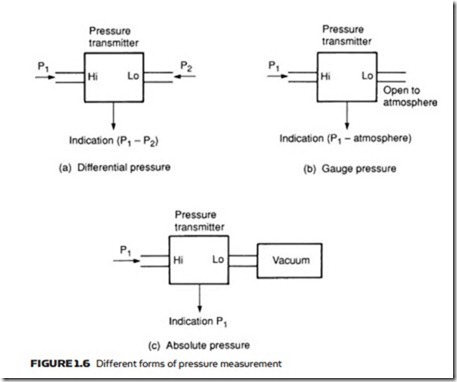Work, energy and power
Work is done (or energy is transferred) when an object is moved against a force, and is defined as:
In the Imperial fps system expression 1.5 gives a unit of ft lb f. For metric systems the unit is cm kg f. The SI unit of work is the joule, where 1 J = 1 N m (= 1 m2 kg s−2). Table 1.8 compares these, and other, units of work.
Power is the rate at which work is performed:
Related posts:
Benefits, drawbacks and operational issues:Resonance and rotor dynamics
Pumps:Pump suction performance (NPSH)
Air only relationships:Pipeline pressure drop and Flow parameters and properties.
Energy and Efficiency:Overall advantages of compressed air
Pressure and flow:Pressure in fluids
AIR RESERVOIR (RECEIVER):AIR RESERVOIR (RECEIVER)
VALVES:PRESSURE REGULATORS.
Conveying capability:System capability
Hydraulic fluids:Neutralization number
Hydraulic fluids:Fire-resistant fluids
Control components in a hydraulic system:Manifolds
Compressor types:Piston compressors,Screw compressors,Rotary compressors and Dynamic compressors.
Control Valves:graphic symbols
ENTROPY:MINIMIZING THE COMPRESSOR WORK
GAS MIXTURES AND PSYCHROMETRICS:DEW-POINT TEMPERATURE


